Founded in 1611 by Pope Paul V, the Vatican Secret Archives are an ultra-secure repository for the Church’s oldest, most valuable documents. Access has always been limited; even today, only Vatican officials and qualified academics are allowed inside, and only then with a letter of recommendation. And since browsing isn’t permitted, they also need to list precisely which documents they need — even without knowing exactly what’s in there.
Naturally, anything this secretive is bound to give rise to rumors, especially when it involves the Vatican. And while the occasional exhibition has revealed some of the hidden material, most of it remains in the shadows.
That said, here are 10 diabolical theories as to what we might be missing.
10. The World’s Largest Porn Collection
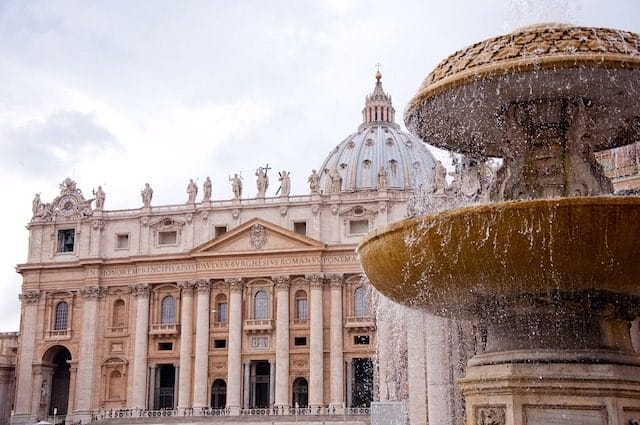
Copenhagen’s Museum Erotica claims the Vatican has the largest porn collection in the world. Other high-profile figures, including William F. Buckley, Jr. and the academic Camille Paglia, have said the same. As plausible as it might sound, however, there’s apparently very little truth to the rumor. At least, the Kinsey Institute didn’t find any when they perused the Vatican’s holdings on microfilm.
Then again, the Vatican is unlikely to have made copies of everything – and even more unlikely to allow the Kinsey Institute access, having already turned them down in the past. This is of course one of the world’s most secure private collections we’re talking about. In any case, a number of other eyewitnesses claim to have seen thousands of erotic volumes.
Either way, there’s been a long tradition of erotic “art” at the Vatican. In the 16th century, for instance, one of Raphael’s students, Giulio Romano, was commissioned to paint a series of 16 frescoes in Cardinal Bibbiena’s private bathroom – each depicting a unique sexual position in graphic detail. Naturally, etched copies of the paintings were leaked, circulating around Rome in a pamphlet called I Modi — a sort of renaissance porn mag. When the Vatican jailed the creator, it only heightened their appeal.
Even today, the original paintings are kept hidden from public view, but times have of course changed anyway. Nowadays the Holy See gets most of its porn from the internet.
9. The Essene Gospel of Peace
On a locked shelf in 1923, the academic and bishop Edmond Bordeaux Szekely found an ancient Aramaic manuscript. This, he claimed, contained the teachings of the Essenes, a Jewish mystical sect who lived entirely apart from society.
The Essenes were mentioned by several ancient historians, including Philo, Pliny and Josephus, and were known for their communistic style of living. But what’s interesting is their total absence from the New Testament, leading some to believe they were actually the ones who had written it, and that Jesus was himself an Essene. There are plenty of parallels between the two groups to back this up, including the importance of baptism and prophecy, and a shared emphasis on charity and goodwill.
The Essenes also showed an aversion to Old Testament-style animal sacrifices, preferring to offer vegetables instead. This latter point was of particular interest to Szekely, who claimed the Essenes were vegetarians by the order of Christ.
Unfortunately, nobody else ever saw the manuscript. And it’s doubtful even Szekely did either, since there’s no record of his visit to the Archives. Also, given that he was a pretty radical vegetarian activist himself, most think he made it all up to lend an air of divine credibility to his cause.
On the other hand, it’s not entirely clear why he would, considering all the evidence that Jesus actually preached a plant-based diet.
8. Details of Jesus’s Bloodline
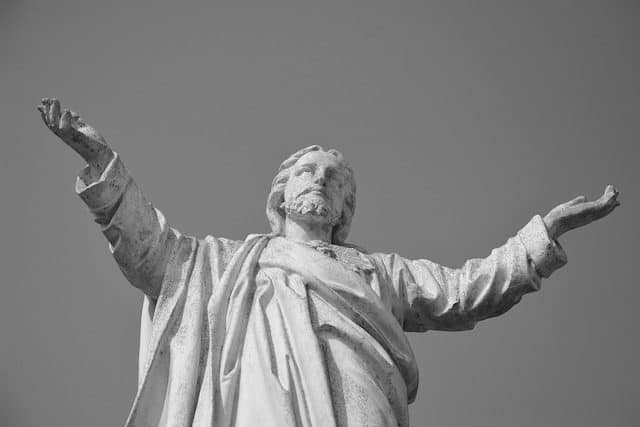
The idea that Jesus was married with kids is a recurrent meme among the Dan Brown crowd, and not without justification. Practically nothing is known about Christ’s life between his childhood and his early 30s, just a few years before he was crucified.
Naturally, it’s possible, even probable, that he started a family during that time, and this raises questions of lineage. According to some theorists, the specific details of his bloodline are hidden away in the Vatican Archives. After all, if anyone alive today was found to be the direct descendant of Jesus Christ (and therefore God), the implications for the Church would be huge. At the very least the Pope would be rendered useless as humanity’s go-between.
It’s a compelling theory but in reality things aren’t so simple. Whatever information the Vatican may or may not have about the earliest descendants of Christ, there would be far too many of them to keep tabs on today. In fact, almost everyone would be included; that’s just the way human ancestry works in an ever-growing population. Tracing your heritage back just 20 generations, for instance, would turn up 600,000-1,000,000 biological forebears. Tracing it back 120 generations (to 1000 BC), would turn up everyone in the world.
So, in other words, not only would most of us be related to Jesus, we’d all be related to King David, King Solomon, and Zoroaster the Iranian prophet. That certainly makes the Adam and Eve story more plausible.
7. The Grand Grimoire
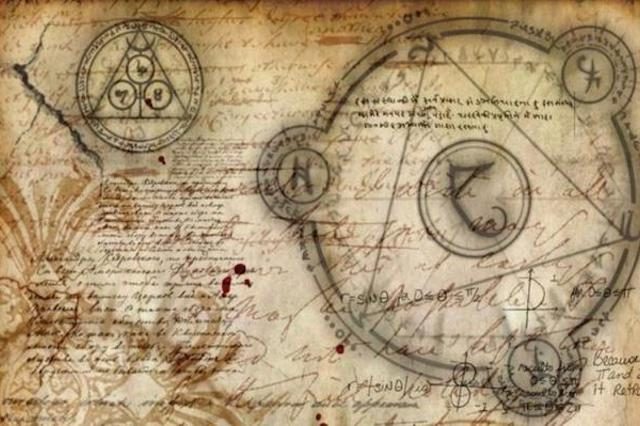
The Grand Grimoire is one of the few items on this list that’s actually known to exist — although who wrote it and when is less certain. It may have been discovered in the tomb of King Solomon in 1750 or it may have been written much later.
In any case, the grimoire is said to contain a ritual for summoning Lucifuge Rofocale, the Prime Minister of Hell, among other denizens of the underworld. Apparently, the summoner also has to give up their soul in the process – a necromantic procedure that 19th century occultist A.E. Waite said only a “dangerous maniac or an irreclaimable criminal” would be qualified to carry out to the full.
Grimoires have proliferated throughout history, but none have had so wide an appeal as this one, thought to be “the most atrocious of its type.” A French translation, “Le Dragon Rouge,” made it all the way to the Caribbean, where it’s said to be still in use.
6. The Third Secret of Fátima
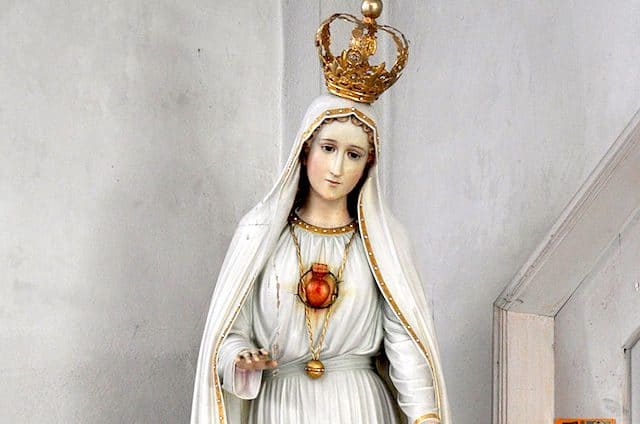
In 1917, three shepherd children from Fátima, Portugal received three prophetic visions of the Virgin Mary. Known as the “Three Secrets of Fátima,” the first and second concerned the nature of Hell and the rise of Communist Russia. Wars, famine, persecution, and the spread of Russia’s “errors throughout the world,” the Virgin said, would all come to pass if her calls went unheeded.
These first two secrets were published in 1941; however, the third secret was not. Instead, it was sealed in an envelope and given to the Bishop of Leiria, who placed it, unopened, in the Vatican Secret Archives. In 1959, the envelope was brought before Pope John XXIII; however, after some deliberation, he chose not to look inside.
It wasn’t until 1965 that anyone actually read the prophecy, and even then Pope Paul VI refused to make it public. Pope John Paul II was next to read it — following an assassination attempt in 1981 — but he also continued to keep it a secret. He did, however, immediately consecrate the Earth to the Immaculate Heart of Mary, perhaps hinting at the gravity of its content.
Finally, in 2000, John Paul II revealed what the prophecy said: there was to be an apocalyptic battle between good and evil, and the pope would figure centrally within it. A description of the vision can now be read online, but some refuse to believe that it’s complete. Even Pope Benedict XVI implied in 2010 that the real Third Secret of Fátima has yet to be revealed (although the Vatican denies that’s what he meant).
5. Extraterrestrial Artifacts
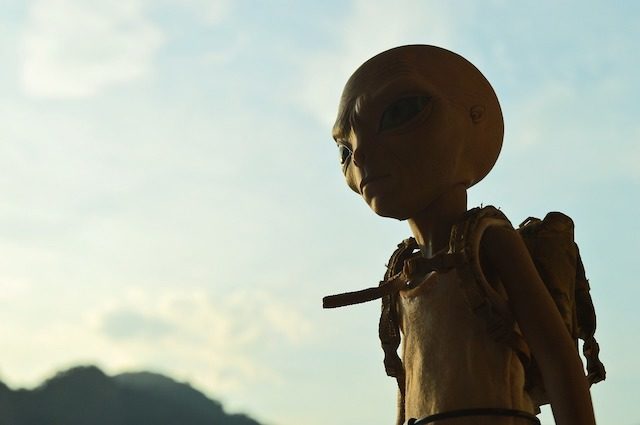
The Vatican might appear to be focused on the past, but they’re actually kind of progressive – at least when it comes to science and technology. In particular, they’re quite open to the possibility of extraterrestrial life, even holding conferences on astrobiology and using the Vatican Observatory to find Earth-like planets beyond our own.
And actually this might not be as recent a development as it seems.
Allegedly, the Church has known about alien civilizations for centuries. Long before the Roswell incident, they’re said to have been gathering ET remains and artifacts, as well as technical documents for engineering alien weaponry. While there’s pretty much zero evidence to back this claim up, the purpose of the Vatican Archives has long been to hide knowledge the world isn’t ready for. They demonstrated that much by withholding the Third Secret of Fátima for so many years.
Furthermore, according to the extraterrestrial cover-up theory, the Archives aren’t the only facility of the kind. Supposedly, the Great Pyramid at Giza served essentially the same function, hiding alien artifacts and earth-shattering revelations from the people of the ancient world. This, the theorists claim, is why Napoleon and Hitler both headed straight there after spending time at the Vatican.
4. The Chronovisor
https://www.youtube.com/watch?v=xEEciqAj7Do
Father Pellegrino Ernetti, who died in 1992, claimed to have seen the ancient Roman senator Cicero deliver a speech in 63 BC. He was, apparently, just as powerful an orator as they say. And that wasn’t the only thing he’d seen. He and his team, he claimed, had seen Napoleon giving speeches too, as well as Jesus at the Last Supper, and even the crucifixion. Using a device called the Chronovisor, they could view any event that they wished — just as if they were watching TV.
According to Ernetti, the device was co-designed with top scientists Enrico Fermi (who developed the first nuclear reactor) and Wernher von Braun (the first space rockets) and it could also record images. Hence, in 1972, a “photo of Christ” emerged in the Italian magazine La Domenica del Corriere. And Ernetti also produced a transcript of the lost play Thyestes in the original Latin.
Naturally, there were doubts. The alleged transcript of the play could hardly be verified after all, and, as it turned out, the “photo of Christ” was from a postcard of a plaster cast crucifix in a church.
But the photo never actually came from Ernetti himself and he certainly never claimed it was real. The Chronovisor he designed wasn’t capable of close-ups, he said, nor anywhere near as much detail as the photo showed. The real evidence, says Ernetti’s friend François Brune, was destroyed when Pope Pius XII and Benito Mussolini decided it posed a threat to society. They especially feared it meant an end to all secrets, whether political, economic, military, or religious, not to mention personal.
Ernetti shut down the Chronovisor project and entrusted the plans to notaries in Switzerland and Japan. However, as Brune himself admits, it’s quite possible that the Vatican still uses the original.
3. The Devil
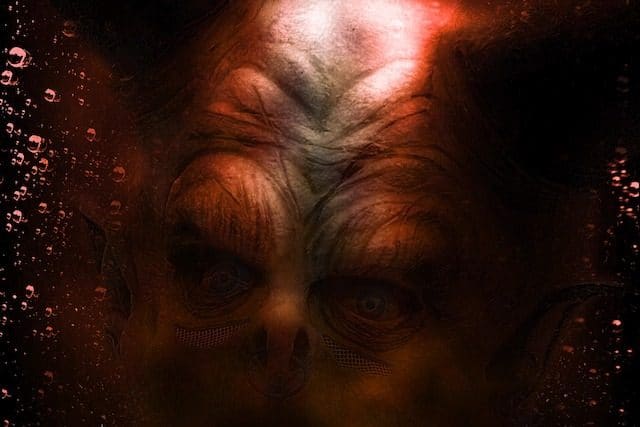
As the Vatican’s most senior exorcist, Father Gabriele Amorth knew how to recognize a demon. Before his death in 2016, he’d conducted literally tens of thousands of exorcisms, and had frequently spoken to the Devil.
“Satan is pure spirit,” he told The Exorcist director William Friedkin, although “he sometimes appears as a raging animal.” Often called upon to expel the demon from possessed individuals, Amorth used Pope Paul V’s 1614 ritual to do the job — stoically commanding the Devil to leave under some of the tensest, most frightening circumstances.
So it made shocking headlines in 2010 when Amorth claimed Satan was hiding in the Vatican. He wasn’t speaking figuratively. In his view, the scandals and corruption that have beset the Church in recent times are all attributable to the Devil. Even Pope Paul VI said something similar in 1972, lamenting that “from somewhere or other, the smoke of Satan has entered the temple of God.”
2. Proof that Jesus Wasn’t Crucified
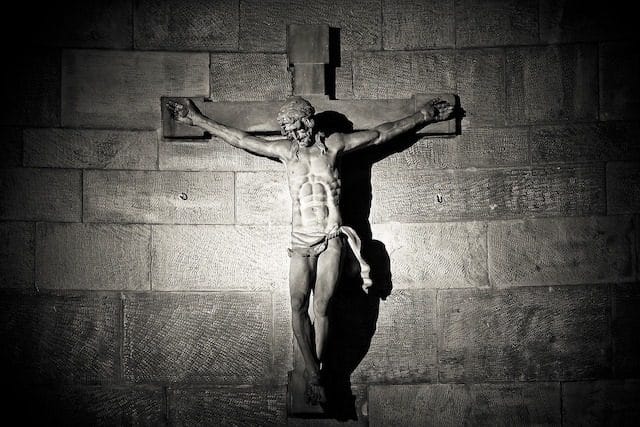
The story of Christ’s crucifixion lies at the heart of Catholic doctrine. Take that away, and you’ve got a whole bunch of meaningless symbols. According to Michael Baigent, however, none of it really happened – at least, not the way the Bible says it did.
Unlike some, Baigent isn’t denying that Jesus ever existed – far from it. In fact, he says the prophet probably lived long after his supposed death in 33 AD.
Allegedly, Jesus escaped execution by striking a deal with Pontius Pilate – the man who sentenced him to death. It was in Rome’s interest to keep Jesus alive despite the pressure to kill him, Baigent says, because he instructed his followers to pay tax. The best solution for all was to fake the crucifixion.
By simulating a rapid death with hashish, opium and belladonna, the prophet’s enemies would be satisfied and Christ could be taken down from the cross before sustaining mortal wounds. The drugs may have been administered via the “vinegar-soaked sponge,” lifted to his mouth on a reed ostensibly to quench his thirst.
Baigent doesn’t have any proof, of course, but he says that it does exist. Supposedly, an important document was unearthed by the French priest Berenger Sauniere at his church in Rennes-le-Chateau. Shortly afterward, the documents disappeared and Sauniere became immensely rich, which suggests to Baigent that the Vatican paid him off and hid the document away.
However, there remains an intriguing clue inside Sauniere’s church. Unlike in other churches, Station XIV of the Cross (depicting Jesus’s placement in the tomb by his disciples) shows a night sky with a full moon, indicating that Passover has begun. Since Jews are forbidden from handling the dead during Passover, the disciples carrying Jesus in this image can only be understood to be removing him from the tomb alive, not interring his corpse inside.
1. Proof that Pope Pius XII Helped Hitler

Pope Pius XII is commonly referred to as “Hitler’s Pope” for his role in supporting the Nazis. However, while it is true that he never openly condemned them, the Vatican is adamant that he was always against them. According to them, he circulated pamphlets in Germany condemning Nazism from a Christian perspective, and saved more than 800,000 Jews from extermination in eastern Europe. His meetings with the German leadership, they insist, were not to collaborate with Hitler but to hold him to account. Anyway, from the Nazi perspective, Pius XII is said to have been a “Jew loving” enemy who they wanted to kidnap and imprison in Liechtenstein. All things considered, it seems Pope Pius XII may well have been victim to a persistent and fanciful smear.
Except for two points: One, the Vatican has so far refused to release crucial documents on their Holocaust-era activities; and two, those who have already seen them say the pope definitely helped Hitler to power.
John Cornwell, a respected academic and Catholic, is one of them. Although initially hoping to exonerate the pope (one of the only reasons he was allowed to view the documents in the first place), he found a damning indictment instead. Not only did the pope hate Jews, linking them to filth and refusing to help them – he also deliberately undermined Catholic resistance to Hitler. He was also against blacks, calling them rapists and child abusers despite having proof to the contrary. Evidently, Pius XII had much in common with Hitler – not least of all his ideological commitment to absolute power and autocratic control.
Worst of all, says Cornwell, is that he refused to speak out even after discovering the plans for the Holocaust. And by this time, Nazis were rounding up Jews in Rome, and delegates from all over the world were urging the pope to act.
Whether Pope Pius XII really supported the Third Reich and its Final Solution is debatable. According to some, he may have wanted to remain neutral in order to protect the Church. But the fact remains that in those days the pope was by far the most influential man in Europe. If anyone had the power to stop Hitler, it was him.
2 Comments
Did Jesus even exist? Does the Devil really exist? For that matter, where’s the proof of a “Supreme Deity”? Please don’t fall back on that old saw “You must have faith.” In what? Fairy tales? There no physical evidence, or proof, whatsoever, Of a Heaven or Hell, of a “God” or a “Devil”.
Jesus wasn’t Crucified..
Hahaha… Truly then why was Peter Crucified upside down if his Master wasn’t